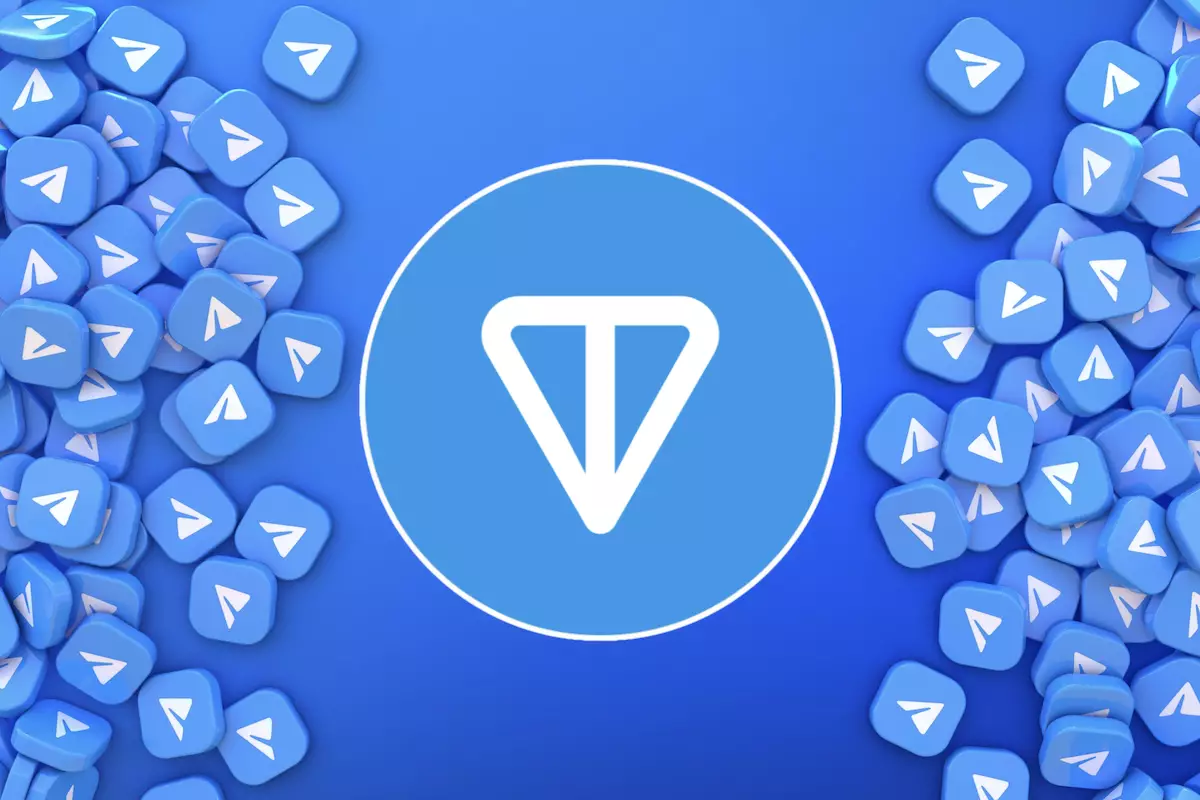Blockchain technology has become a buzzword in recent years, often associated with complicated algorithms and esoteric cryptocurrency terminology. However, a unique collaboration between Telegram, a leading messaging platform with nearly a billion users, and The Open Network (TON), a blockchain project designed for high-speed transactions, aims to simplify this complexity. By integrating blockchain functionalities directly into a familiar messaging app, they are democratizing access to this technology, making it accessible to the average user.
Telegram’s partnership with TON represents a significant shift in how blockchain services can be utilized. Before this alliance, engaging with blockchain often meant navigating a sea of technical jargon, complicated wallets, and numerous passwords. TON Connect has emerged as a game-changer by creating a seamless gateway between Telegram users and blockchain services. By effectively hiding the technical underpinnings, TON Connect makes it as easy to approve transactions as sending a message or clicking a button. This simplicity has the potential to galvanize interest among users who may have once been intimidated by blockchain technologies.
Moreover, this partnership introduces Mini Apps into Telegram—a set of compact applications that function within the platform. Instead of requiring users to download different apps or even switch between conversations, these Mini Apps operate within Telegram itself. They cater to various needs, including gaming and ticket bookings, tapping into everyday user behaviors while facilitating blockchain transactions natively associated with TON.
At the heart of this collaboration is Toncoin, now recognized as Telegram’s exclusive non-fiat currency. This means that any transactions requiring a digital currency can only utilize Toncoin, emphasizing a focused approach that encourages users to familiarize themselves with Toncoin and its applications. The implications of this are significant; with increased visibility and usability, Toncoin can easily cultivate a marketplace entirely within Telegram’s ecosystem, inviting users to experiment with digital currencies without daunting barriers to entry.
The concept of tokenization further illustrates the potential of this collaboration. By employing Toncoin, users can purchase items such as stickers or emojis, transforming them into verifiable digital collectibles. This streamlined method of ownership certification reflects a broader trend where digital assets become integral to social experiences, inviting users to engage in trading, gifting, or even personal collections.
However, this move has not come without skepticism. Critics have raised concerns regarding Telegram’s exclusive focus on TON. The open nature of Web3 is one of its core principles, allowing various blockchains to interoperate, which fosters user choice and innovation. By aligning solely with TON, some worry that Telegram is veering away from this decentralization ethos, sacrificing broader integration opportunities for a singular solution.
Additionally, there are apprehensions regarding whether TON can withstand the massive influx of Telegram’s user base. Advocates for other blockchains point to networks like Solana that have proven track records in handling high transaction volumes and liquidity. Should millions of Telegram users begin engaging with TON, there are legitimate concerns about the network’s performance and resilience under such extreme usage conditions.
As the partnership unfolds, the implications for both Telegram and TON could lead to transformative changes across the technology landscape. Telegram’s Mini Apps could adapt and refine themselves to create even more user-friendly interfaces, especially for those less tech-savvy. Meanwhile, TON may need to enhance its infrastructure to accommodate future user demands, ensuring that it maintains reliability while expanding its offerings.
As Telegram’s experiment with TON progresses, it may inspire other applications and social platforms to explore similar blockchain partnerships. The tech world could witness a wave of exclusive blockchain collaborations, igniting competition and innovation in ways that we have yet to imagine. The balance that Telegram must strike will be critical; they must ensure that their platform remains user-friendly and high-performing while adhering to Web3’s foundational principles of openness and decentralization.
The partnership between Telegram and TON is an ambitious venture that may pave the way for broader adoption of blockchain technologies in everyday applications. As the landscape continues to evolve, it remains to be seen whether this alliance can successfully navigate the complexities of user expectations, technological performance, and the core values of the Web3 movement. If successful, it could mark a new era in which blockchain systems transform the social and economic fabric of digital communication.














